How to Graph Transformation on the Coordinate Plane: Rotation?
This article teaches you how to graph Rotations on the coordinate plane in a few simple steps.

Step by step guide to graph Transformation: Rotation
A rotation is a transformation in which the object is rotated about a fixed point. The direction of rotation can be clockwise or counterclockwise. In this case, an image and its pre-image have the same shape and size, but the pre-image may be turned in different directions
We can rotate shapes on the coordinate \(90, 180,\) or \(270\) degrees counterclockwise around the origin using three basic rules:
- For rotating a shape \(90\) degrees counterclockwise:\((x, y)→(-y, x)\)
- For rotating a shape \(180\) degrees: \((x, y)→(-x, -y)\)
- For rotating a shape \(270\) degrees counterclockwise: \((x, y)→(y, -x)\)
Remember that:
- You should be able to assume the center of rotation to be the origin when working on the coordinate plane unless otherwise stated.
- You should be able to assume that, unless otherwise stated, a positive angle of rotation rotates the figure counterclockwise and a negative angle rotates it clockwise.
- You need to be able to recognize angles of certain sizes when working with rotation. \((90^{\circ}, 180^{\circ}, 270^{\circ}, …)\)
- You must be able to understand the directionality of a unit circle. (the circle with a radius length of \(1\) unit)
- You must know that rotation on a coordinate grid is considered to be counterclockwise unless otherwise stated.
Transformation: Rotation – Example 1:
Triangle \(ABC\) has vertices \(A=(3, 4), B=(4, 1), C=(1, 2)\). Graph triangle \(ABC\) and its image after a rotation of \(90^{\circ}\) about the origin.
Solution:
The rule for rotating a shape 90 degrees is \((x, y)→(-y, x)\)
\(A=(3, 4)→A^\prime=(-4, 3)\)
\(B=(4, 1)→B^\prime=(-1, 4)\)
\(C=(1, 2)→C^\prime=(-2, 1)\)
Graph Triangle \(ABC\) and its image \(A^\prime B^\prime C^\prime\).
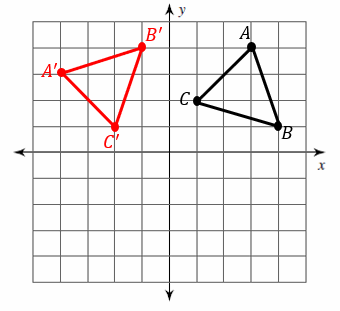
Transformation: Rotation – Example 2:
Graph the image of the figure after a rotation of \(270^{\circ}\) about the origin.
Solution:
The rule for rotating a shape \(270\) degrees is \((x, y)→(y, -x)\)
\(A=(-4, 1)→A^\prime=(1, 4)\)
\(B=(-3, 3)→B^\prime=(3, 3)\)
\(C=(-1, 4)→C^\prime=(4, 1)\)
\(D=(0, 2)→D^\prime=(2, 0)\)
\(C=(-2, 1)→C^\prime=(1, 2)\)
Graph the figure \(ABCDE\) and its image \(A^\prime B^\prime C^\prime D^\prime E^\prime\).
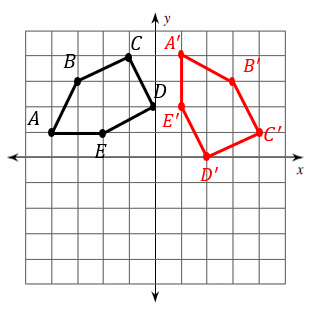
Exercises for Transformation: Rotation
Graph the image of the figure using the transformation given.
1.\(\color{blue}{Rotation 180^{\circ}}\)
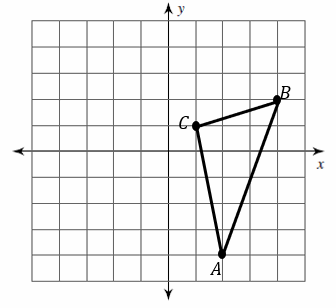
2.\(\color{blue}{Rotation 90^{\circ}}\)
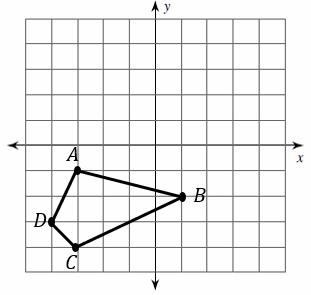
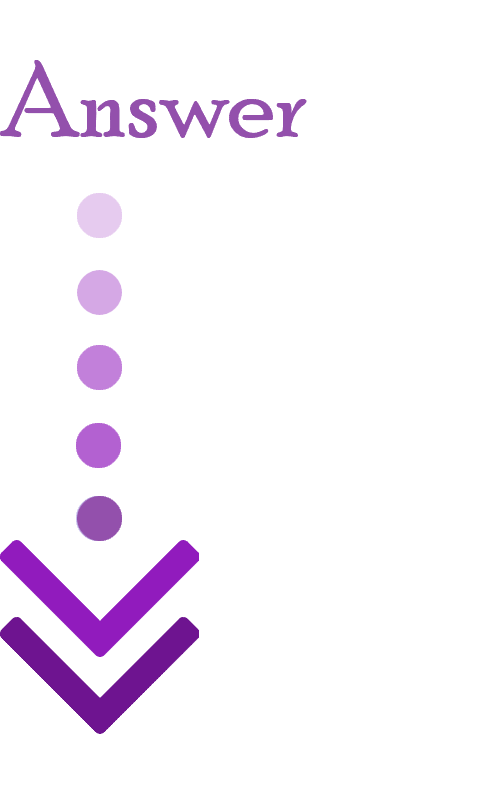
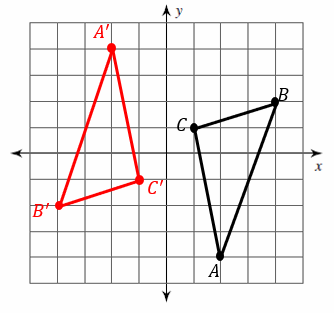
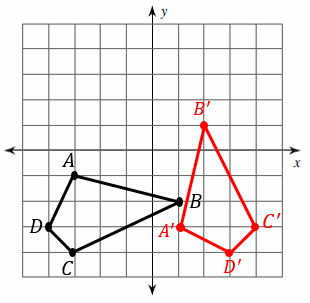
Related to This Article
More math articles
- 8th Grade ACT Aspire Math FREE Sample Practice Questions
- How to Use Area Models to Divide Two-Digit Numbers By One-digit Numbers
- Number Properties Puzzle – Challenge 23
- Full-Length 8th Grade Common Core Math Practice Test
- How to Find Mean Absolute Deviation?
- Complete the Equation: How to Finish Subtraction and Addition Sentences with Mixed Numbers
- How to Apply Integers Multiplication and Division Rules?
- The Ultimate CLEP College Mathematics Course (+FREE Worksheets & Tests)
- 8th Grade PSSA Math Practice Test Questions
- Perimeters and Areas of Rectangles















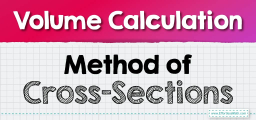




What people say about "How to Graph Transformation on the Coordinate Plane: Rotation? - Effortless Math: We Help Students Learn to LOVE Mathematics"?
No one replied yet.